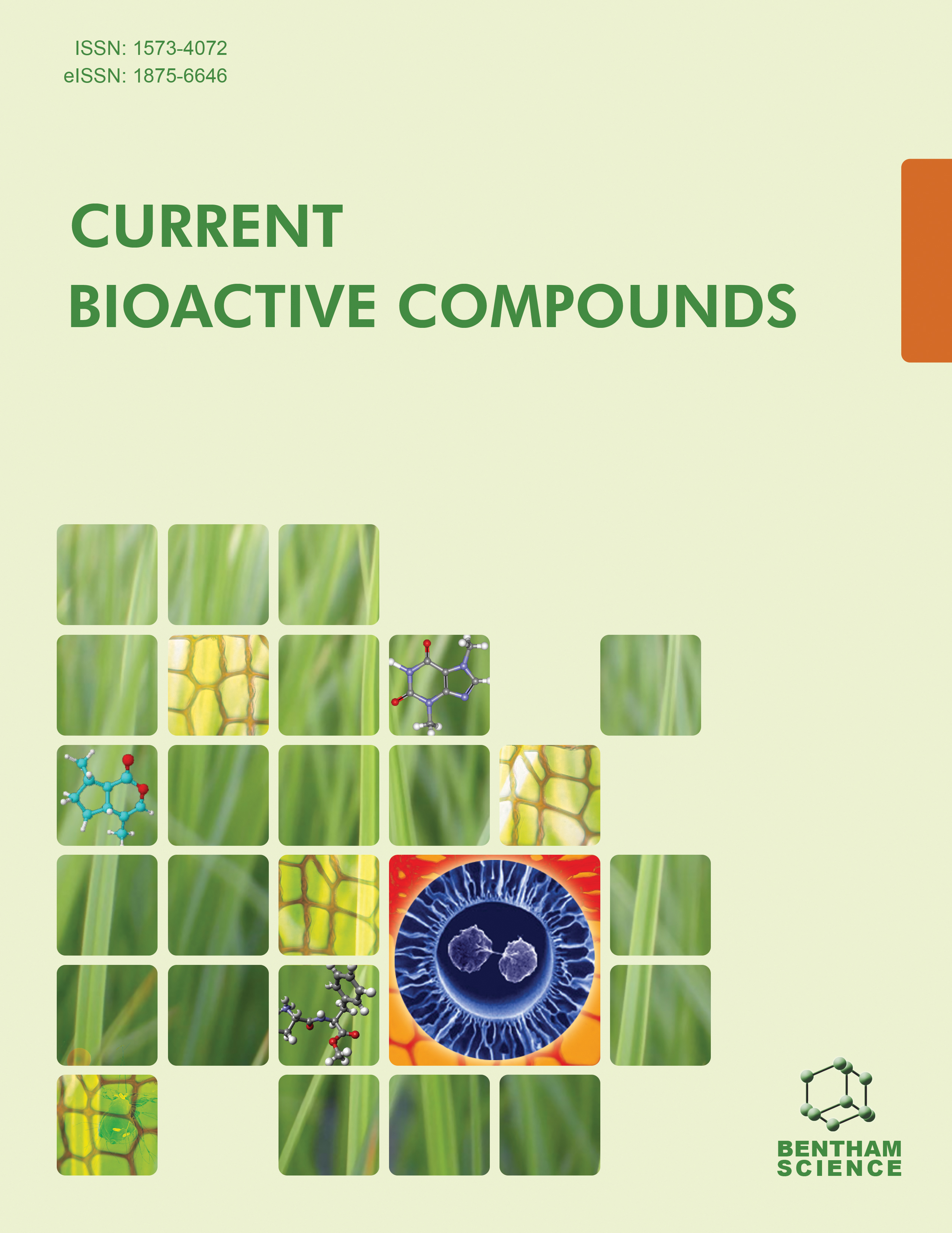
Full text loading...
Worldwide, more than 44 million individuals are living with Alzheimer's disease (AD), making it the most common type of dementia. Because neuroinflammation is so important in the development of AD, anti-inflammatory tactics may be a promising avenue for treatment. Searches were conducted in Scopus, the Web of Science, and PubMed using the following keywords: phytoconstituents, AD, traditional medicine, and Chinese herbs. Therefore, the purpose of this review was to summarise the known phytochemistry and current state of the chosen plant species. However, there has been limited effectiveness in clinical trials for AD with currently available anti-inflammatory medicines. This study brings together the latest findings in the treatment of AD using natural substances, specifically phytochemicals, which have anti-inflammatory, antioxidant, and neuroprotective characteristics. Although there has been little success with existing anti-inflammatory medications, there is hope for targeting molecular pathways associated with AD, including Aβ overproduction, apoptosis, oxidative stress, and mitochondrial dysfunction, through the use of natural bioactive chemicals such alkaloids, polyphenols, and terpenes. The promise of natural compounds as safer alternatives or supplementary therapies to current treatments for Alzheimer's disease is highlighted in this study, which focuses on their ability to alleviate major pathogenic processes in the disease. Their medicinal potential and effectiveness can be enhanced with additional research.

Article metrics loading...

Full text loading...
References


Data & Media loading...

